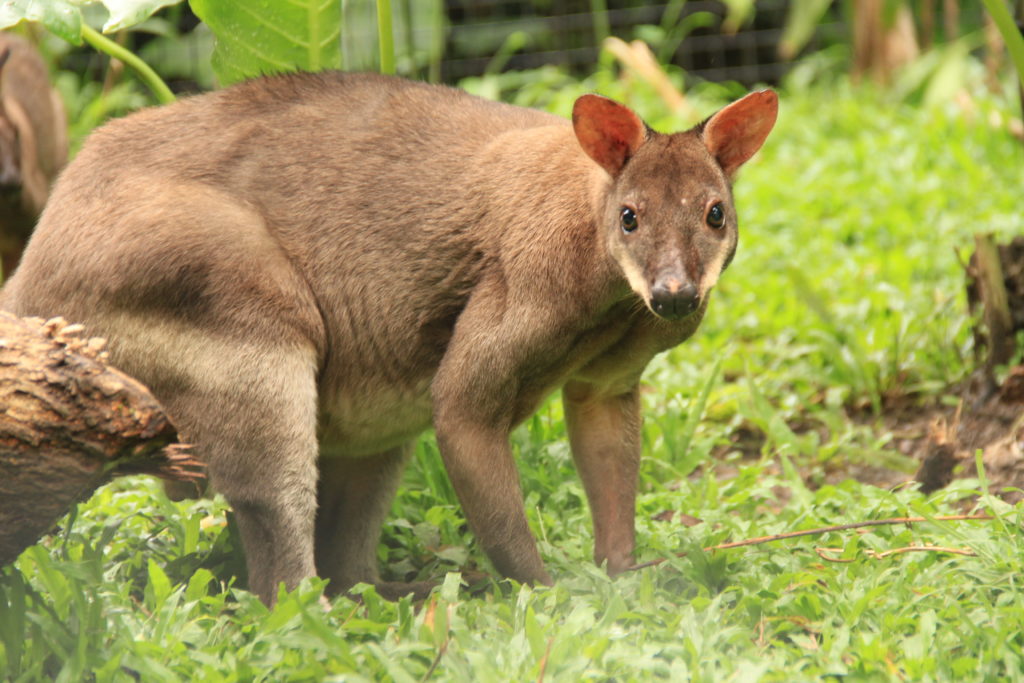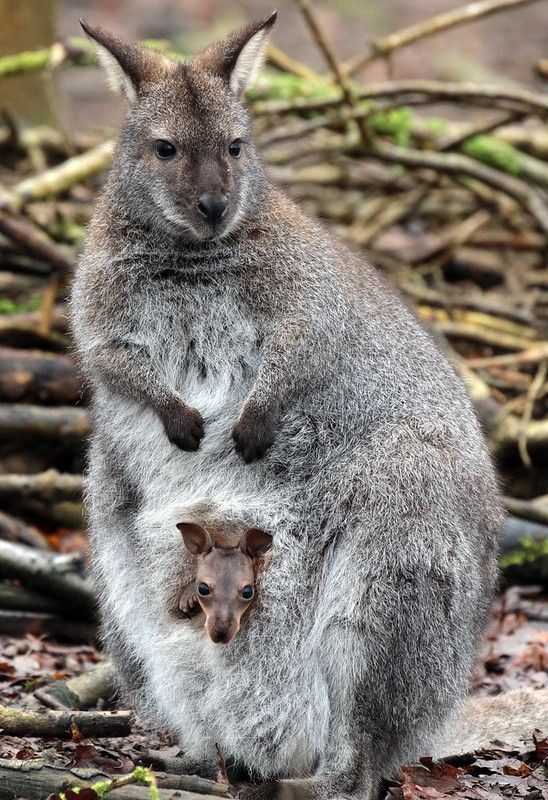Who would have thought that in Indonesia we can also meet animals that are close to kangaroos! The known fauna has a pouch in its stomach, namely the wallaby (Macropus agilis papuanus). It is one of the animals found in Indonesia and is included in the territory of Australia.
Habitat of Wallaby

These animals live in grasslands and bushes and eat grass and young shoots to survive. Initially, wallabies were Australian animals. Their distribution began 14.000 – 17.000 years ago during the ice age when sea levels receded.
When the landmasses of Papua and Australia merge, there is grassland that extends from northern Australia to the southern part of New Guinea. These grasslands made it possible for the spread of the wallaby from Australia to Papua. Another possible factor is someone deliberately releasing a wallaby that was brought from Australia to Papua so that these animals breed.
Characteristic of Wallaby
Morphologically, this animal has an elongated face with jaws containing evenly large teeth and a tapered snout. In addition, this big-eared animal has a variety of fur colors, ranging from gray, dark red, brown, black, to white. As adults, these animals can only weigh about 3-25 kg with a height of 30-180 cm.
As part of the kangaroo family, wallabies have pouches that are useful for guarding their newborn babies. These baby animals are very small when they are born, so they need direct protection by their mother at birth.

Diet and Behaviours
Wallabies are herbivorous animals. They eat a variety of different types and parts of plants including grasses, leaves, fruits, vegetables, shrubs, and many more.
The social and general behavior of these creatures depend on the species present. Each habitat is active during the morning, afternoon or evening. Their social behavior also varies, some live in groups, some live alone. In many solitary species, groups form around an abundance of food or water.
Based on IUCN Red List, the status of wallaby is Least Concern (LC), and it is increasingly concerning because its population continues to decline. This happened because of hunting and trade. Let’s together with Bali Safari Park support the preservation of these animals!






